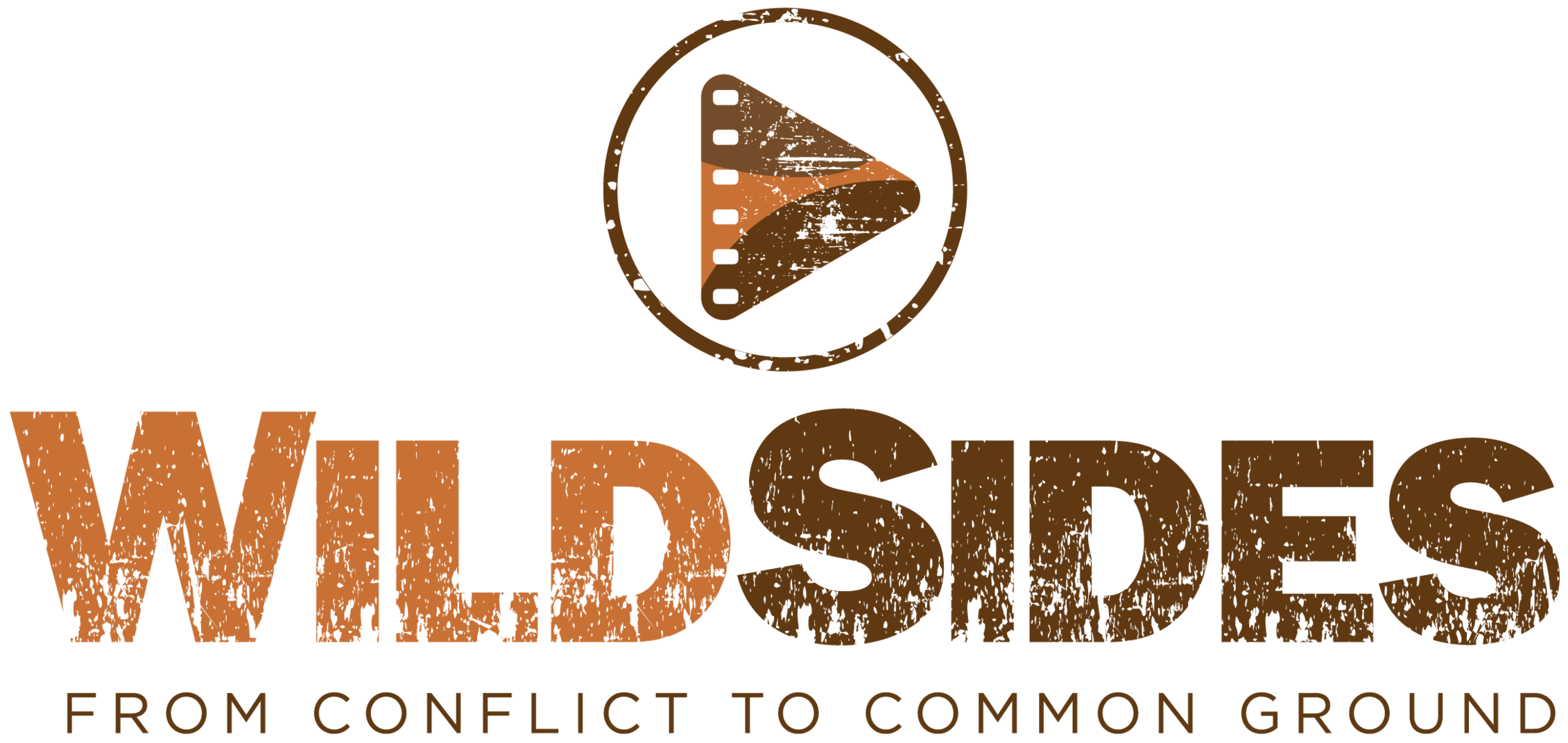Red Wolf Hearing: A Glimpse into the Conflict
We hope this blog post provides a snapshot of the status of the red wolf issue. To get a general overview of the red wolf issue check out our red wolf page and go to the United Stated Fish and Wildlife Service (USFWS) red wolf recovery website. We provide a quick list of actions and activities at the end of this blog post.
Raleigh, NC - Representatives for conservation groups and the federal government assembled yesterday (June 23, 2016) for a court hearing about the endangered red wolf. In 2015, conservation groups filed a lawsuit against the USFWS challenging its actions related to management and protection of the only wild population of endangered red wolves. Yesterday’s hearing revealed the complexity of the process.
The room itself clashes, like many of the lawsuits it hosts. The warm dark wood walls, wood benches and purple carpet give a classic courtroom feel. But that contrasts with the huge ceiling filled with large square lights that make you feel like you're in an operating room when you stare up at them. While no decisions were made, the court hearing yesterday provided a quick look at the status of one of the lawsuits against the U.S. Fish and Wildlife Service (USFWS) and provides a moment for quick reflection on everything that has occurred.
“All rise…”
Everyone in the courtroom, about 30 people, stand as The Honorable United States District Judge Terrence W. Boyle walks into the courtroom. Everyone takes a seat and away we go…
Pending Motions in the Lawsuit
District Judge Boyle asked for a summary of why we were in the courtroom yesterday. Sierra Weaver from the Southern Environmental Law Center (SELC), noted that initially this was scheduled as a hearing for discovery. Discovery is the effort to obtain information before going to trial. But now the SELC (representing the plaintiffs: Red Wolf Coalition, Defenders of Wildlife and Animal Welfare Institute, “Plaintiffs”) filed a motion. The motion aims to:
“temporarily enjoin the United States Fish and Wildlife Service (“USFWS” or “Service”), USFWS Director Dan Ashe, and USFWS Southeast Regional Director Cynthia Dohner (collectively, “Defendants”) from conducting or authorizing the take of red wolves that are not posing a threat to human safety or the safety of livestock or pets.”
Lesley K. Lawrence-Hammer from the Department of Justice, part of the team representing the USFWS, noted there are two motions pending. She was referring to the Plaintiffs’ motion above and the motion by the Defendants to limit the scope and standard of review for the lawsuit to the administrative record. The latter motion deals with determining what can be submitted as evidence and could limit the types of evidence the Plaintiffs are allowed to submit.
Red Wolf Recovery Review
Since the November, 2014 settlement agreement with North Carolina’s Wildlife Resources Commission (NCWRC) regarding coyote hunting in the red wolf recovery area, “the population of red wolves has declined precipitously,” said Ms. Weaver. At that time of the settlement the USFWS estimated a wild red wolf population between 90 and 110 individuals in the North Carolina recovery area. The USFWS red wolf website now indicates an estimated 45 to 60 red wolves left in the wild. Ms. Weaver noted, “We have heard there are probably less than 45.”
District Judge Boyle asked a lot of questions about the management of the red wolf program including, “How has there been a decline of half the population over the last two years?” Ms. Lawrence-Hammer responded, “I don’t have the answers for why the decline.” But she explained that the USFWS is trying to find that out in its current red wolf recovery review.
The USFWS is in the process of evaluating the red wolf recovery program. It is concentrating on these four topics:
- Appropriate taxonomic designation and historic distribution of the red wolf;
- Long-term viability of the captive red wolf population;
- Recovery needs of the red wolf population given pressures such as hybridization with coyotes, human caused mortality, and climate change; and
- How people and red wolves can co-exist.
WildSides will continue to gather all the data, perspectives, science, legal materials, opinions and more. We are organizing all of this to share on www.WildSides.org and to develop podcasts that explore the different perspectives, science, policy, economic, social and legal issues related to the red wolf recovery review and current court cases.
Here is a quick list of ongoing activities (not comprehensive of all activities):
- The settlement with NC WRC: Consent agreement still pending with reports required every six months.
- The North Carolina legislature is considering legislation (House Bill 1144) that would disapprove rules made by The NCWRC, including a rule to limit coyote hunting in the red wolf recovery area and other rules. To keep up with the status and latest actions: See HB 1144 here.
- USFWS red wolf recovery review.
- Two lawsuits against the USFWS: one by the Red Wolf Coalition, Defenders of Wildlife and Animal Welfare Institute represented by SELC and one by the Center for Biological Diversity.
- Human Dimensions study in the red wolf recovery area.
